How to altitude train without going to Flagstaff
Even if you live at sea level, there are still ways to replicate training at a high elevation
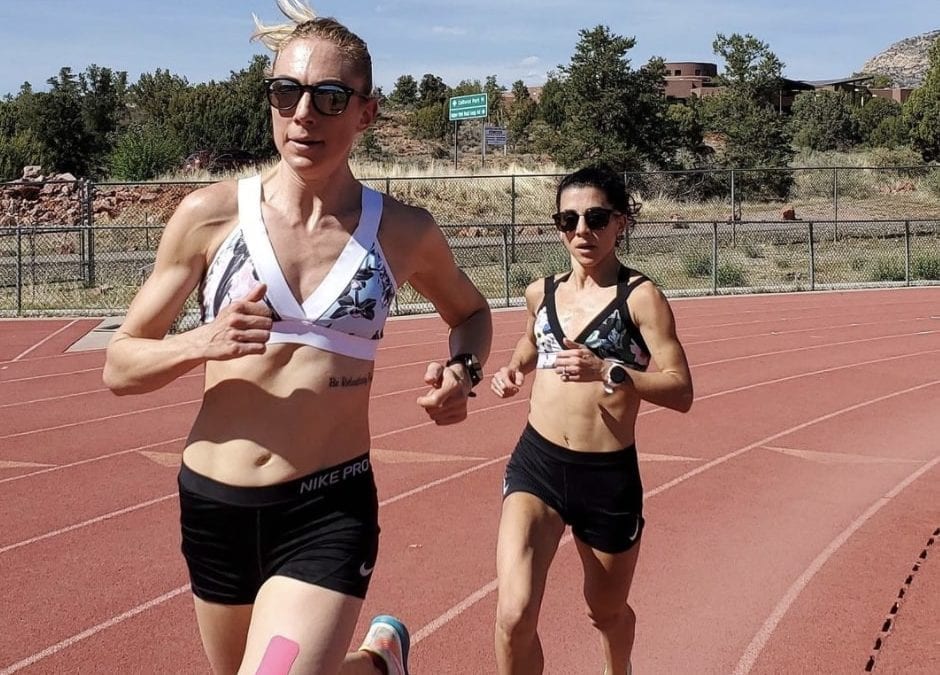
Ahead of the Olympic Games last summer, several of Canada’s top distance runners made their way to Flagstaff, Ariz. for altitude training camp before going to Tokyo. At an elevation of 2,106 metres (7,000 feet), the air is much thinner there and provides only about 78 per cent as much oxygen as is available at sea level. Training at altitude is known to impart performance benefits, but of course, most of us can’t take a month or more away from our usual lives to fly to Flagstaff for training. Luckily, there are ways to simulate altitude training at sea level. Some of these methods are more effective than others, but if you want to give altitude training a shot, maybe it’s time to give one of these options a try.
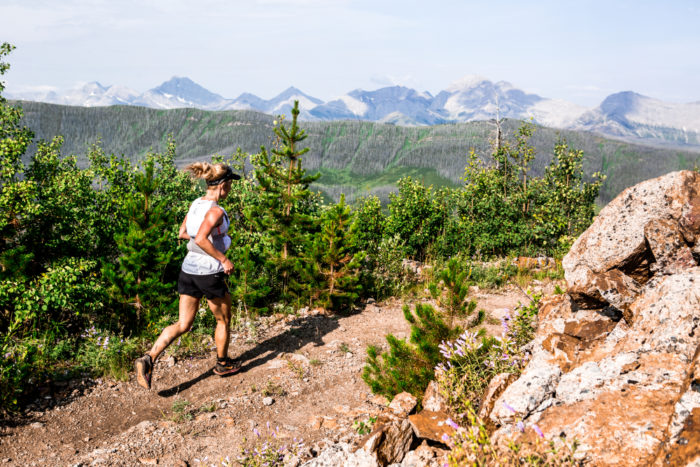
How does altitude improve performance?
When you run, your blood delivers oxygen to your muscles, which they use to produce energy for the activity. As you continue running, however, your blood can’t keep up with the oxygen demands of your muscles and they start to fatigue. EPO is a hormone that makes the red blood cells that transport oxygen to your muscles, so the more EPO you have, the more red blood cells your body can make and the more oxygen you can deliver to your muscles.
When you are in a high-altitude (therefore low-oxygen) environment, your body adapts to the conditions by increasing EPO production. This effect continues even when you’re not at altitude (although not indefinitely), so when you return to sea level, you’ll experience improved oxygen delivery, a higher VO2 max and better lactic acid capacity. Not surprisingly, this results in better performances in workouts and races.
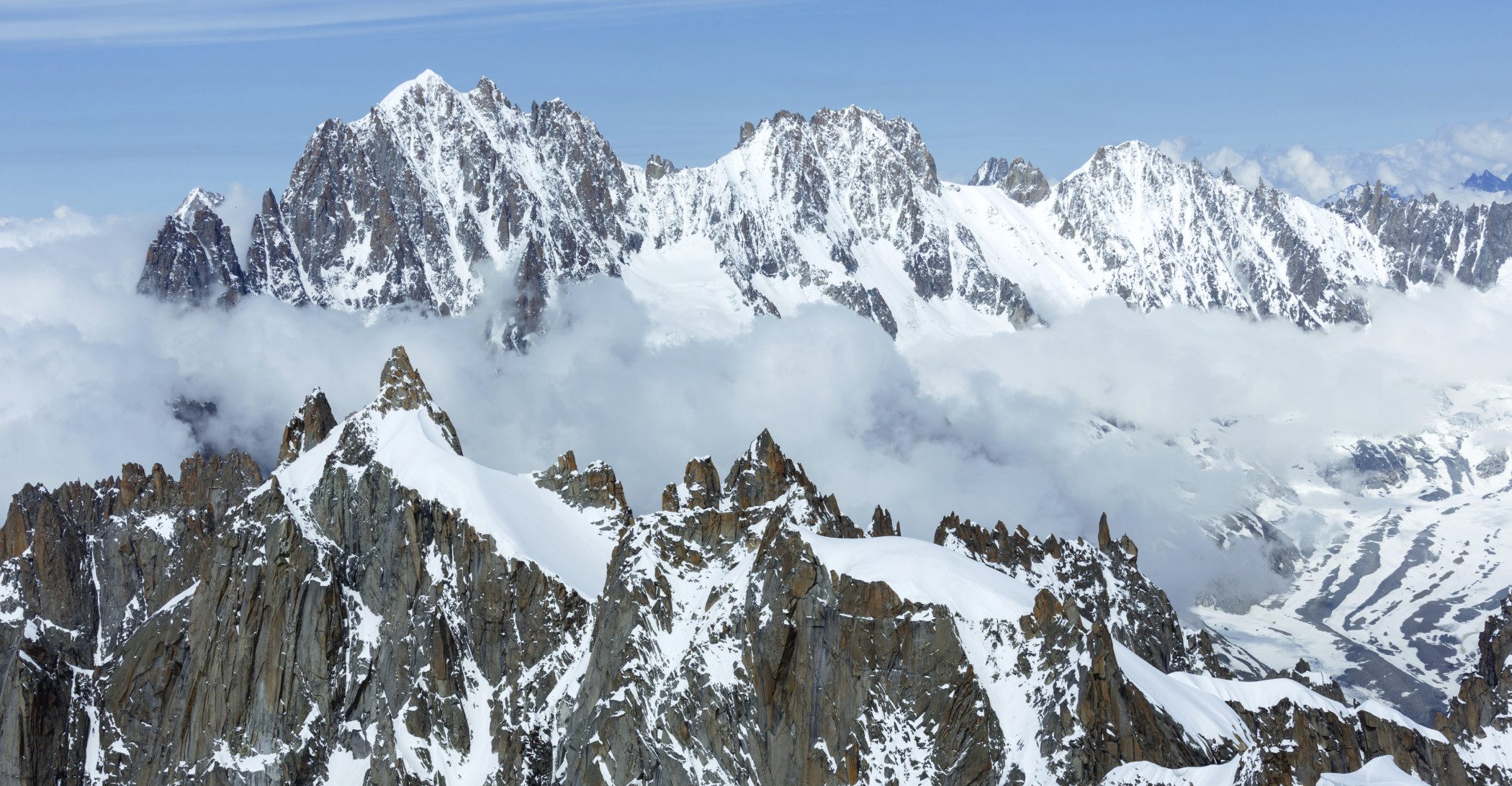
How to altitude train at sea level
Most Canadians don’t live in areas at a high enough altitude to elicit performance benefits, but the following tools can replicate high-altitude training even when you’re living at sea level.
Altitude masks

This is your least expensive option for high-altitude training (masks can be purchased for as little as $30), but unfortunately, it’s also likely your least effective. Unlike at altitude, where the actual air is thinner so you’re getting less oxygen with every breath, altitude masks restrict the flow of fresh air, forcing you to work harder to draw the same breath. The effect is similar to trying to breathe through a straw.
The research is mixed as to whether these masks are effective. Some studies show they improve VO2 max and ventilatory threshold (the point at which you have to start breathing harder during exercise), while others show no change. So no, a mask is not the most effective way to simulate training at elevation, but it may provide some performance benefits.
Altitude tents
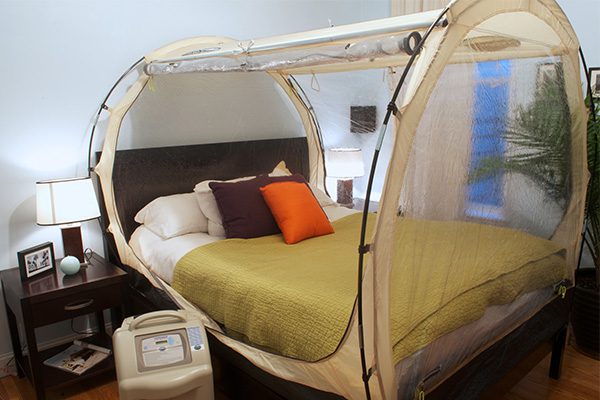
The cool thing about altitude is that you don’t actually have to exercise in that environment for your body to adapt to the low-oxygen conditions. This is the reason behind the expression “live high, train low,” which refers to the benefits of spending idle time in a high-altitude environment, but training and racing at sea level.
Hypoxic chambers, or altitude tents, have become popular among elite athletes over the years so they can obtain prolonged exposure to hypoxic conditions, and train at sea level in order to maximize high-intensity training. Most research on altitude tents shows that it can take 21 to 28 days to obtain any long-lasting (but not permanent) effects, but they provide an easy way to improve performance while you sleep.
This is a much more effective option than the altitude mask, but is also much more expensive. An altitude tent will cost anywhere from $400 to over $1,000.
Altitude training facility
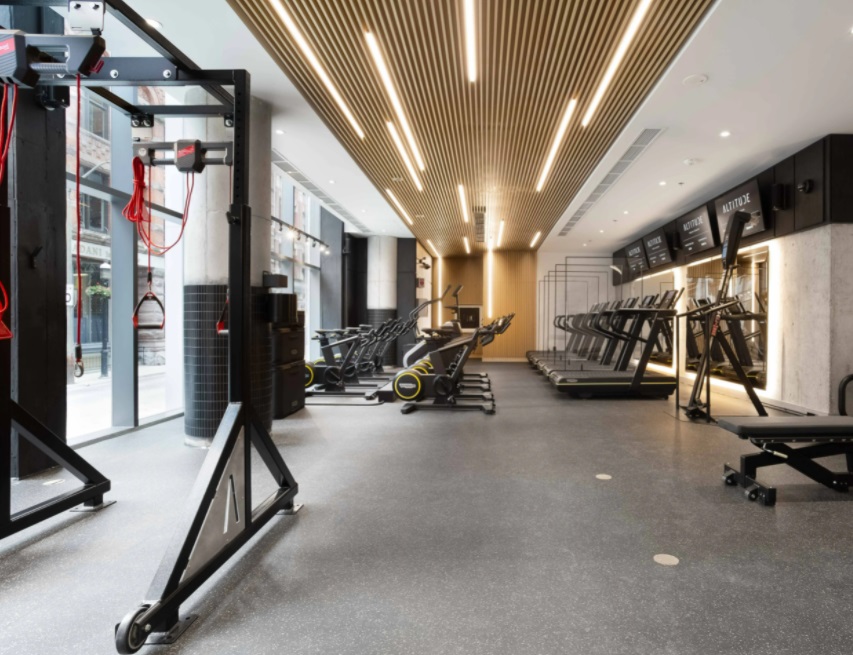
Altitude gyms are growing in popularity, and are arguably the best method for replicating hypoxic conditions at sea level. The concept behind these facilities is exactly what it sounds like: a regular gym, equipped with treadmills, bikes, squat racks and dumbbells, encased in a high-altitude chamber.
The largest gym like this in Canada is Altitude Athletics, located in downtown Toronto. The 1,200 square foot facility operates at three different altitude zones to replicate high-altitude locations around the world, including Boulder, Colo., Machu Pichu, Peru and the Pyrenees Mountains. The facility is open to the public, and members have access to state-of-the-art equipment as well as personalized coaching from one of the facility’s trainers.
Running in the mountains: how to prep for terrain, weather, and altitude
This is the best way to replicate what it would be like to actually train at a high elevation. The downside is there aren’t many facilities in Canada, but as altitude gyms become more popular, hopefully, more will start popping up in cities across the country.


